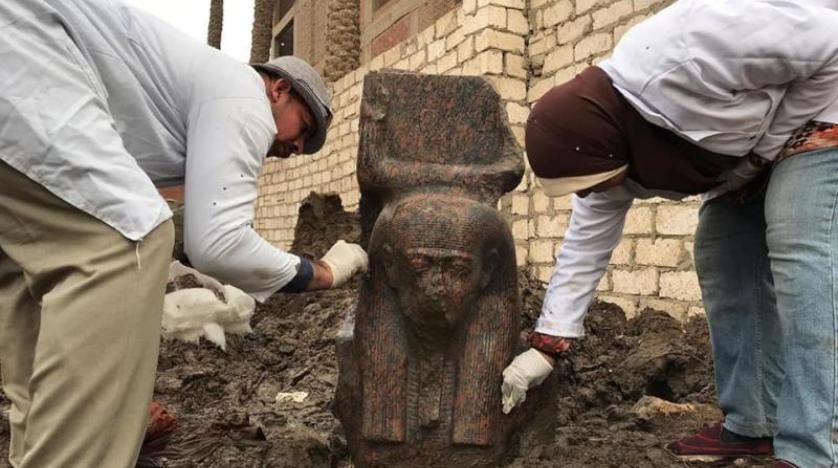OF THE
TIMES
This rothchild fanboy is gambling with millions of lives. I hope those millions of lives tell this prat what he should do with his wake-up call....
Peter Jennings So the Zigaboos as you call them even hide the cuckoo barcode in the shops. Well I never, malice aforethought maybe? Very cuckoo...
First, of course Macron is a puppet and he was installed. He is not a strategist and he is not intelligent. He is a puppet. Scholz is another...
Honestly, Where do they dig these crackheads up. Nuland is full on responsible for the country 404 debacle. The blood of 500,000 Banderists are on...
"Our own future and our security is at stake in Ukraine," the French leader argued, ... Like it was in Chad and Niger, I suppose.
To submit an article for publication, see our Submission Guidelines
Reader comments do not necessarily reflect the views of the volunteers, editors, and directors of SOTT.net or the Quantum Future Group.
Some icons on this site were created by: Afterglow, Aha-Soft, AntialiasFactory, artdesigner.lv, Artura, DailyOverview, Everaldo, GraphicsFuel, IconFactory, Iconka, IconShock, Icons-Land, i-love-icons, KDE-look.org, Klukeart, mugenb16, Map Icons Collection, PetshopBoxStudio, VisualPharm, wbeiruti, WebIconset
Powered by PikaJS 🐁 and In·Site
Original content © 2002-2024 by Sott.net/Signs of the Times. See: FAIR USE NOTICE

R.C.